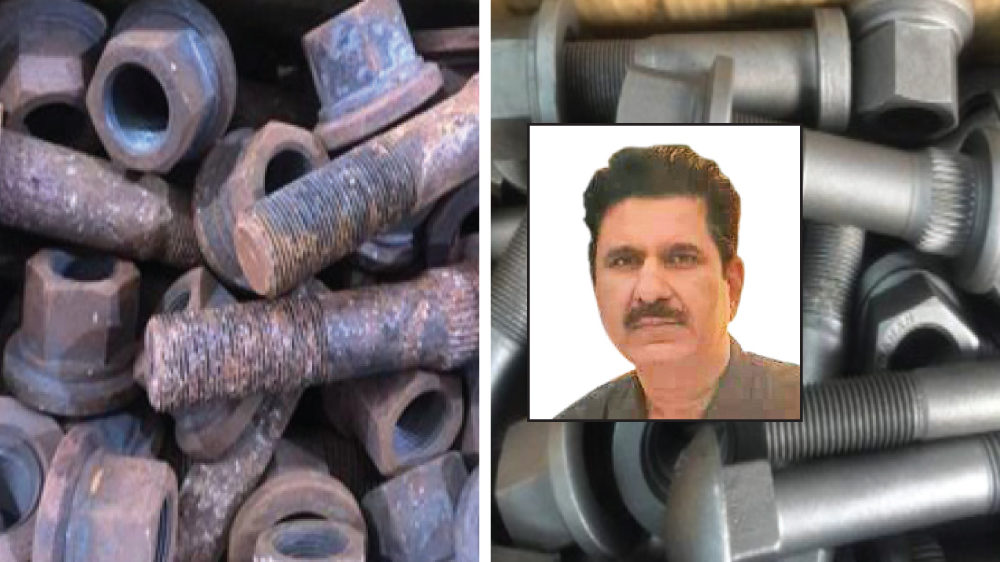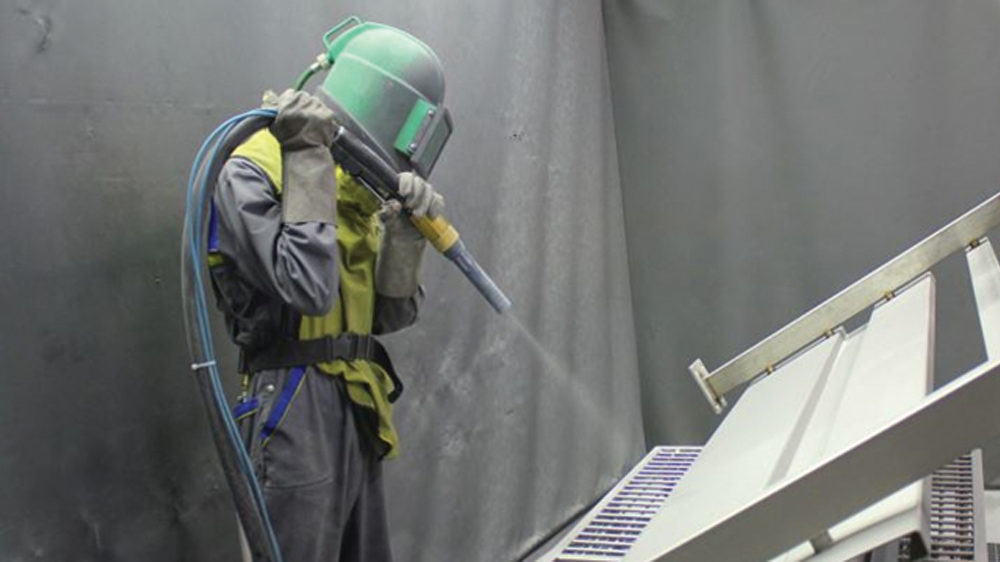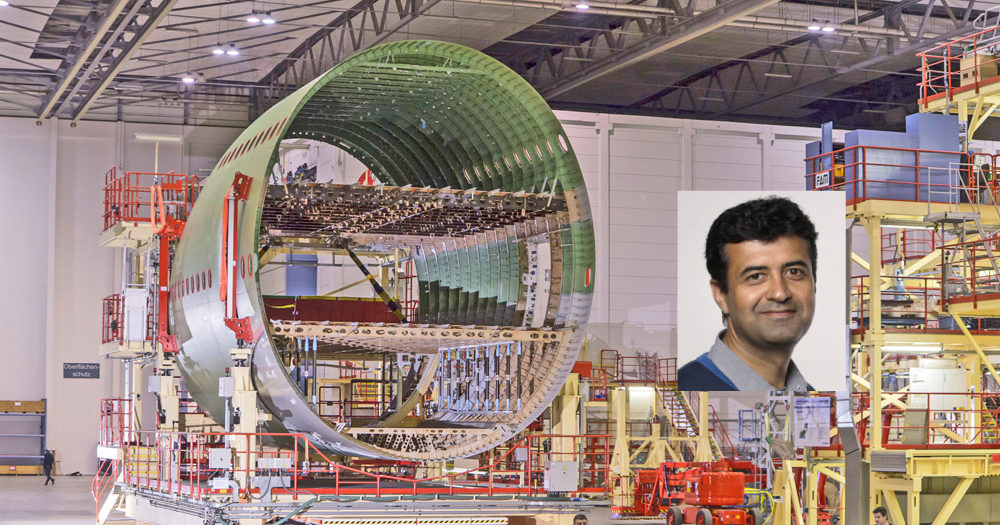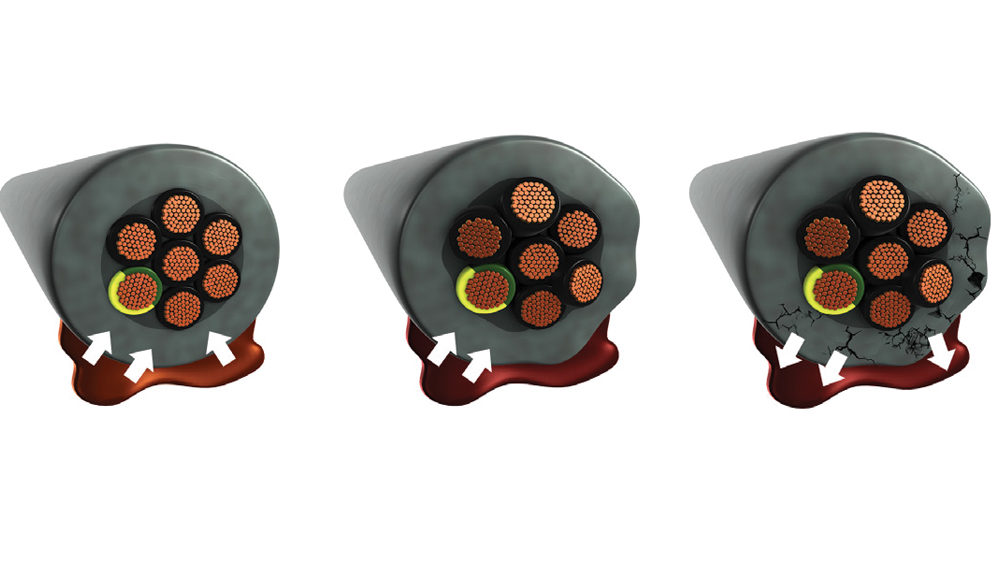Stage set to boost manufacturing prowess
By admin June 30, 2016 2:34 pm IST
With the government encouraging and arranging various B2B meeting forums, at least the initial ground-work in terms of sector visibility, potential assessment, etc has been done.G.K. Pillai, Managing Director and CEO, Walchandnagar Industries Ltd
Procedural and operational reforms have been a positive outcome of “Make in India” campaign. However, G.K. Pillai, Managing Director and CEO, Walchandnagar Industries Ltd believes that the ultimate success of the manufacturing sector depends not just on how proactive the government is but also how industry both public and private responds.
Change is in the wind“Make in India” has been a flagship initiative of the current government and in a way reflects the primacy and thrust that they want to give to the manufacturing sector in India. Over a period of almost two years that the initiative was launched, a lot of changes have happened notably:• A positive climate about manufacturing per se has been created within the country. It is for the first time in decades that manufacturing has been given the importance that it deserves especially considering India’s current phase of economic development, the need to create more employment and to ensure that the fruits of liberalisation do not remain restricted.• The past two years have definitely created more and more interest globally about investing in India in a variety of sectors – especially in strategic sectors like defence and aerospace as well as in core infrastructure sectors like power and roads. With the government encouraging and arranging various B2B meeting forums, at least the initial ground-work in terms of sector visibility, potential assessment, etc has been done. This has laid the platform for actual investments to follow in the coming years. An example of this can be seen in the announcement of various JVs, MOUs signed between Indian and foreign players in the area of defence.• Procedural and operational reforms have been a positive outcome of this campaign. An example cited could be that of significant streamlining of licensing procedures, requisite DIPP approvals and environmental clearances in getting industrial licenses. Also the right intent that has been signalled in making Goods and Services Tax (GST) a reality along with more freedom to states to decide their own land acquisition and usage policies have made state governments more proactive in attracting manufacturing related investments.
Roadmap for Indian manufacturersIt is true that the ultimate success of the manufacturing sector depends not just on how proactive the government is but also how industry both public and private responds. Indian manufacturers can leverage this initiative in the following ways:• Focus on skill development: “Make in India” does not necessarily mean low end, mass manufacturing; rather it will increasingly involve high-tech manufacturing for which the necessary skills would have to be built up by industry.• Invest in research and development (R&D), technology assimilation and constant skill upgradation (e.g. critical skills like welding, machining which are very critical to the industry like engineering).• Leverage the forums currently available (industry bodies, B2B forums, exhibitions and seminars, delegate visits to foreign countries) to seek the right partnerships with both domestic and global players in their respective areas.• Align business plans with thrust areas indicated by the government.• Participation in programs which involve public-private partnerships which are being increasingly encouraged.
Cookie Consent
We use cookies to personalize your experience. By continuing to visit this website you agree to our Terms & Conditions, Privacy Policy and Cookie Policy.


















